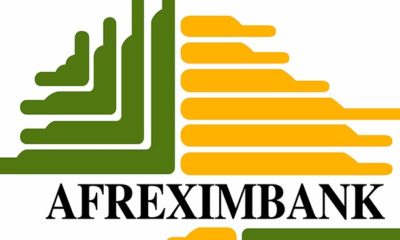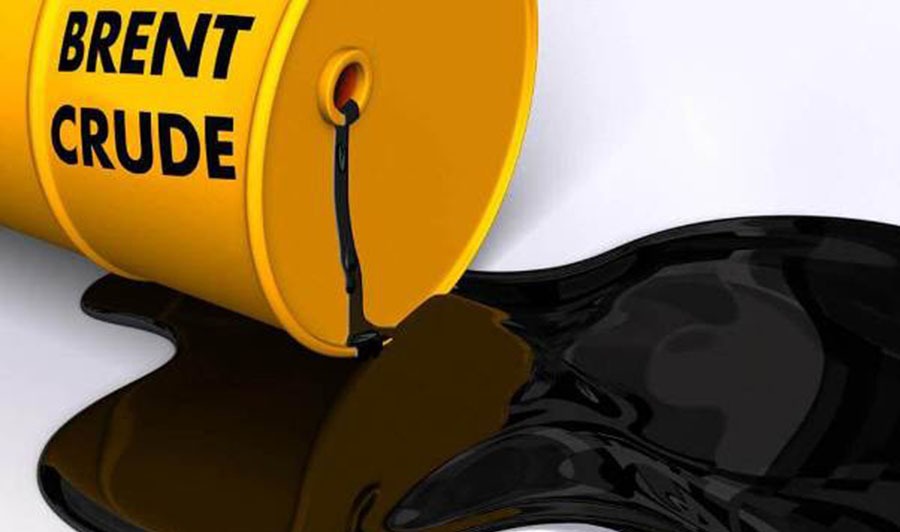Oil prices rose for the second consecutive day on Friday to extend their bullish run to the sixth week of gains.
The surge came after both Saudi Arabia and Russia, the world’s second and third-largest crude producers, made a joint pledge to slash output through the upcoming month.
Brent crude oil, against which Nigerian oil is priced, settled at $85.16 per barrel at 8:58 am while the U.S. West Texas Intermediate crude rose 9 cents or 0.1% to $81.64 per barrel.
These upward movements marked a historic milestone for both benchmarks as they embarked on their longest streak of weekly gains throughout the year.
Over the past six weeks, Brent crude has surged by an impressive 15.4%, while West Texas Intermediate (WTI) recorded an astonishing 18.2% increase.
The driving force behind this significant price upswing came after Saudi Arabia took the lead in extending a voluntary oil production cut of 1 million barrels per day (bpd) until the end of September.
Not to be outdone, Russia followed suit and announced its commitment to reduce oil exports by an additional 300,000 bpd in the coming month.
Despite speculations, the Joint Ministerial Monitoring Committee of OPEC+ has indicated it is unlikely to adjust its overall oil output cuts during its scheduled meeting on Friday.
Nevertheless, the extension of Saudi Arabia’s cuts and Russia’s support for the decision have sparked concerns over oil supply, thus offering support to the prevailing prices.
However, amidst this optimism, recent data from the United States has raised some concerns. The reports pointed to tight labor markets and a slowing service sector, fueling worries that an economic slowdown could potentially curtail the demand for oil and exert downward pressure on prices, despite the supply cuts.
Adding to the mix, a strong dollar has emerged as a significant factor weighing on crude prices. Market analysts are keeping a close eye on the possibility of the U.S. Federal Reserve tightening its policies, including potential interest rate hikes, which could further influence oil prices.
Moreover, the euro zone faced its own challenges as business activity experienced a more severe downturn than initially estimated in July. The Bank of England’s decision to raise its interest rate to a 15-year peak further exacerbated concerns over higher borrowing costs, which might impede economic growth and dampen oil demand.
Despite these uncertainties, industry analysts like Tina Teng, from CMC markets, remain optimistic about the oil markets. Teng emphasized that an improved demand outlook coupled with tighter supply dynamics could continue to support and buoy the oil market.

 Education4 weeks ago
Education4 weeks ago
 News3 weeks ago
News3 weeks ago
 Business3 weeks ago
Business3 weeks ago
 Technology3 weeks ago
Technology3 weeks ago
 Investment4 weeks ago
Investment4 weeks ago
 Investment3 weeks ago
Investment3 weeks ago
 Telecommunications4 weeks ago
Telecommunications4 weeks ago
 Banking Sector3 weeks ago
Banking Sector3 weeks ago



























